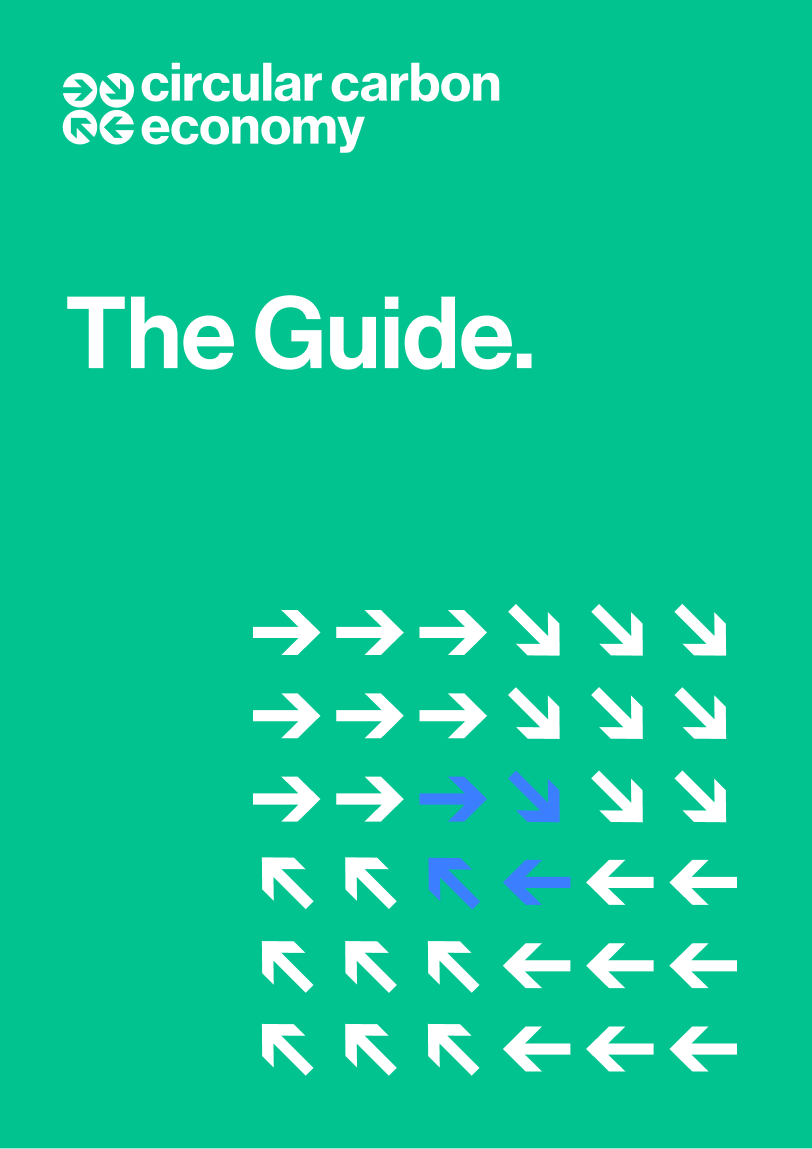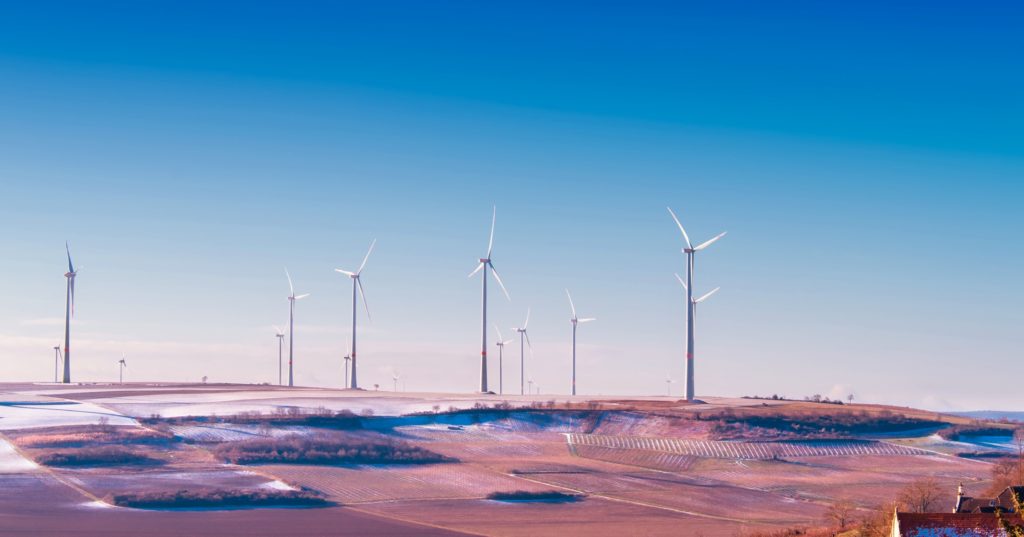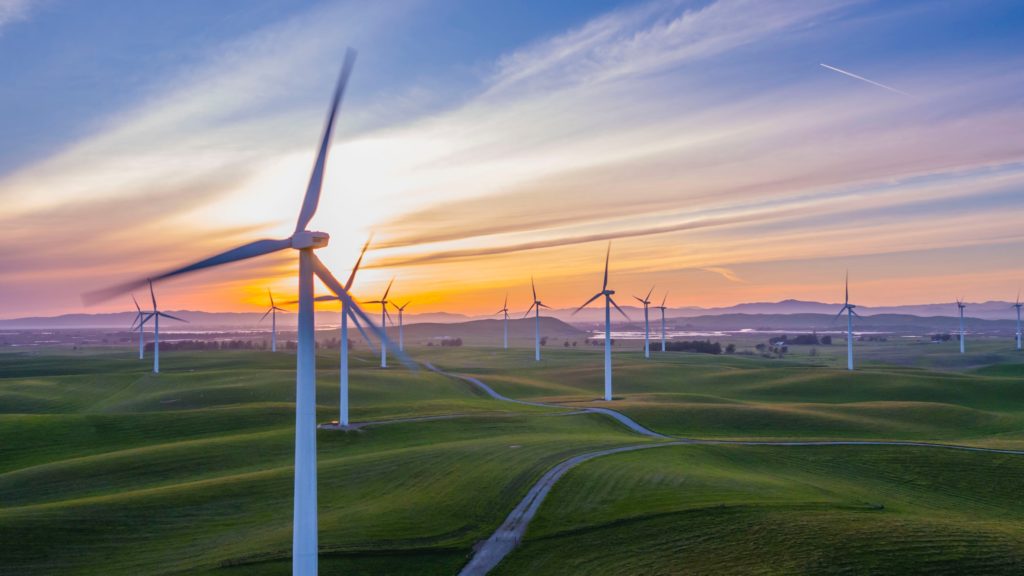A holistic approach to carbon management.
Guide to the Circular Carbon Economy

Guide to the Circular Carbon Economy
King Abdullah Petroleum Studies and Research Center (KAPSARC) is partnering with leading international organizations – International Energy Agency (IEA), International Renewable Energy Agency (IRENA), Nuclear Energy Agency (NEA), Organization for Economic Co-operation and Development (OECD), and the Global CCS Institute (GCCSI).
Read more



